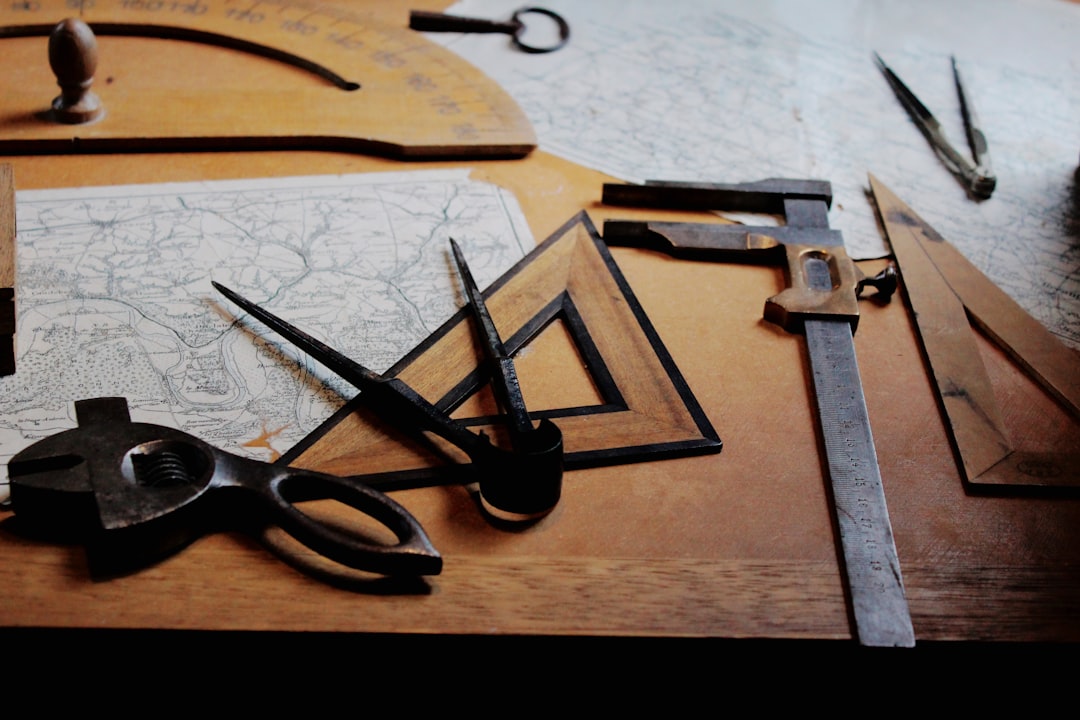The Leica rangefinder landscape
15/04/16 11:58
There are only four classes of Leica rangefinders since the announcement of the Leica I in 1924/1925. In more than 90 years Leica engineers have only four times changed the concept. The first class comprises all threadmount (some prefer screw mount) cameras, all based on one body style, neglecting for the moment the subclass of the strengthened Leica III bodies around 1945. The second class comprises all M models without internal exposure metering, culminating in the M4-P and now the almost identical M-A. The third class comprises all M models with internal exposure metering and additional electronics. This group starts with the M6 and ends with the M7. The fourth class comprises all digital M cameras starting with the M8 and ending for now with the M (type 262) and its rumored derivatives. The trend within this last group is for simplicity and minimalism, shedding video, Live View and even the display screen on the back. This is a welcome trend and should end with an M3 type as a digital capture engine.
It is my claim that the three models that have been identified (M4-P/M-A, M7 and M8) are the least mythical and the most important in the genealogy of Leica RF lineage.
The M7 is a pivotal camera, introducing to the critical and conservative Leica owner/user, a level of electronics/automation that the competition had been lucky enough to have for decades. The Olympus OM-4 is the benchmark camera for this type of automation. It might be that the Leica windmills are turning slower than the competition, but this has one good advantage: there is no technological coat forcibly put on. The current M (T240) (a stupid identification scheme: why not simply call it M9.2 or M10) is for many aficionados a bridge to far and overloaded with features and gadgets. The M (262), why not simply M-B(asic)?) is the obvious answer. The SL is the camera that will presumably cater for the photographer suffering from featuritis and a big ego to accompany the size of the camera The S is for sumo wrestlers who need to impress their clientele.
Let us return to the M7. I am now using the M7/0.85 that I bought many years ago and has been stripped from all synthetic material components by a competent repairperson and loaded it with Kodak Tmax 400-II. This film is developed in Paterson/Adox FX39, a classic among the film developers. The lenses used are the two best 50 mm lenses in the Leica stable: the Summilux-M 1:1.4/ 50 mm ASPH and the Apo-Summicron-M 1:2 50 mm ASPH. (When I really want to be unobtrusive I use the Summarit 2.5/50 mm, a very compact lens that is very well suited to street photography. The new 2.4/50 mm is no different in image quality, but has a more elegant mount. It protrudes only three cm from the body.
The M7 is a very efficient photographic engine. Set the aperture, check the speed when you feel that the ambient light is too low for comfortable handheld shooting (we do not want to destroy the details so accurately captured by the optical system) and adjust your shooting style. The shutter speeds are very accurate, even the 1/500 and 1/1000 can be used as intended. Accuracy is however not really required: a 30% tolerance can be handled by the film latitude and even the digital cameras can handle a quarter of a stop difference from optimal. The viewfinder with the .85 magnification is a joy to use and lacks the somewhat tunnel vision of the digital cameras.
The electronic governing of the speeds and the low mass of the curtains are responsible for a near-silent operation that is not even approachable by the new M (T262). Many overindulged digital users may argue that using film is an act of Luddism and a frenetic effort to stop innovation and modernism. At least that is Leica’s current stance. Using film however is an act of photographic honesty that pays homage to the object that is being photographed. Putting any object through the post processing mechanisms of Photoshop and friends is the wrong way to treat an object with respect. That is indeed the attitude of the great classical Leica photographers. The M7 loaded with a higher-speed film (Tri-X, 400Delta and T-Max 400, and even HP5) is the best instrument to add ease-of-use, and efficiency to honesty. When a proper darkroom is out of the question the Ilford XP2 is the film of choice. Or when color is important use the Kodak Portra 400. You will be amazed how much fun it is to stay away from the computer screen and be on the street again.

